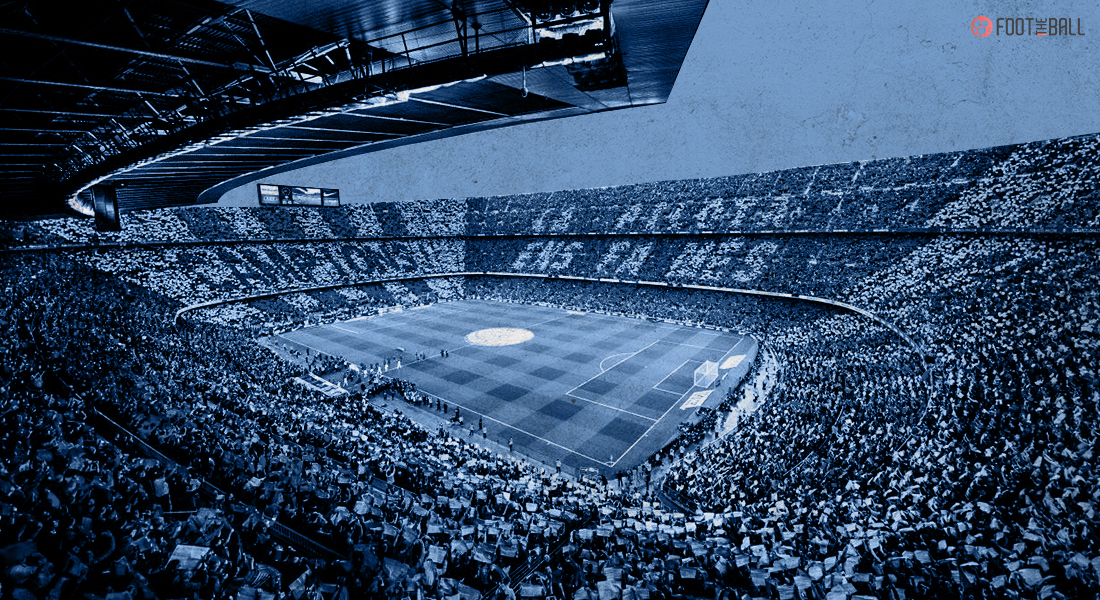The beautiful game in all its glory is just ninety minutes of absolute madness. From Lionel Messi’s incredible 50-yard dribbles to Steven Gerrard’s famous slip, it’s all madness. It is this very madness that makes football “THE BEAUTIFUL GAME”. These moments of magic are slowly eroding from football.
Disappointment and joy can instantly change with just one shot, one pass, one tackle or one save. For years now, our human brains have been on the constant hunt to quantify this very madness. There was just too much chaos and we needed closure. Goals, Assists, Saves, Clean sheets and tackles all began to be recorded.
WHY DID WE INTRODUCE THESE NUMBERS?
This helped to determine the relative quality of one player from another. But, in no way did it point to an outright winner. However, as time passed on, we became more and more obsessed with numbers. Just marking down these basic actions were deemed less than informative. And so, we began to use analytical and notational tools to try and record as much information as we can.
Why? Well, we realised that it is sometimes impossible to really see what we are looking at. Our perspective is biased by our thoughts. We see what we want to see! Hence, if we had a common notation, it would help us determine the true essence of the events.
THE INTRODUCTION OF TECHNOLOGY
Technological advancements like Prozone soon found their way to the top leagues of European football. While many managers discredited this advancement and chose not to use them, some were enthused by its brilliance. A software that recorded every movement of a player in the ground to convert it into 2D images. A revolutionary process that could help predict the patterns in the chaos.
Hours watching match footages could be reduced with crisp information being provided by this innovation. Albeit a slow start, these innovations were soon adopted by all the top managers and clubs in the game.
Julian Nagelsmann, the soon to be Bayern Munich coach has even deployed such an advancement for his training routines. An incredible tool that has helped his players transform into title contenders. Managers and recruiting staff are now able to scout the players they need by assessing their statistics, giving them a clearer picture as to what they can expect.
It’s no longer just a guessing game. There’s solid evidence as to why certain players fit certain systems. A player like Ruben Dias was identified as the ideal centre-back for Manchester City. Similarly, paying a record fee for Virgil Van Dijk was no err either.
THE OBSESSION
Commentators and pundits now use these data points to further their opinions. Reporters use them as guidelines, some even as rule, to further their case. The importance of these numbers soon began taking precedence in the hearts of the fans as well.
Managers are being criticised for bringing certain players as their “statistical value” is clearly not at par. As per data collected in 2021, La Liga side Sevilla’s Nemanja Gudelj had the highest passing percentage in Europe, even greater than names like Toni Kroos and Kevin de Bruyne. Does this mean that the defensive midfielder is the boss of passes? Absolutely not!!
Then there is the case for progressive passes. According to compiled data, Liverpool made the highest number of progressive passes in the Premier League. Yet, teams like Manchester City have created more attacking threats than the Reds.
There is an ambiguity in these numbers. If not interpreted in the absolute sense, they are simply meaningless data. Most pundits usually cherry-pick the numbers they want, to prove their case. A misleading set of information betrays the viewers from what actually happened.
DO STATS TELL YOU EVERYTHING?
The obsession for such complicated, intriguing stats has now seen to be taking away the sinister beauty of the game. Fans and Managers are often pushing for results than for performance. It no longer matters whether you park the bus for ninety minutes, as long as you can earn the win.
Teams are often discouraged to take the riskier option. Playing it safe and calm is the new norm. Teams no longer throw themselves forward even if they are losing, rather they save the game to win the war. The magic is slowly dying.
https://twitter.com/FootTheBall/status/1290935578058399745
Players are no longer allowed to breathe. Always being compared while their individual value and uniqueness is being ignored. For example, how does one quantify player movements? Sometimes all it takes is a movement to open up space for another player. Manchester City’s Ikay Gundagon is a master of this act, but how do you quantify his involvement.
Defenders like Van Dijk and Maldini simple use their presence to eliminate threats. Hence, they do not need to lunge into a tackle every other minute. Ruben Dias was voted the player of the season but did not better any of the defensive statistics. In fact, in some of these markers, he was below par. Yet, all it took was his presence and reading of the game.
Being at the right place at the right time is simply all it takes sometimes. How does one put that into numbers? Statistics are necessary tools, but they aren’t definitive. The beauty of the game lies in its imperfections. It reminds me of the adage, “Not everything that counts can be counted”.




